
Summer Solstice: Where to Be For Summer's Kickoff
Sunrise Badlands
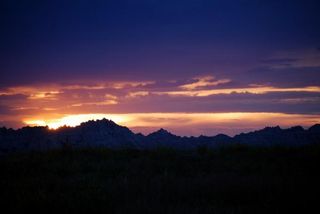
The summer solstice is longest day of the year, as the sun reaches its highest point in the sky and stays above the horizon for the longest amount of time all year.
The solstice happens when the Earth's North Pole is tilted toward the sun as much as possible in its 365-day orbit (the planet's axis is tilted 23.5 degrees).
In the northern hemisphere, the 2011 solstice happens at precisely 1:16 p.m. ET on June 21. At that moment, the sun will have reached its highest point above the horizon before it begins its slow march southward a slow journey toward winter and colder weather. (June 21 marks the winter solstice in the southern hemisphere.)
Why not drink in that extra daylight in a spot made for solstice sun-gazing? Click through for a glimpse at spots both familiar and exotic that offer amazing views of the world's longest day.
The Petrified Forest - Arizona
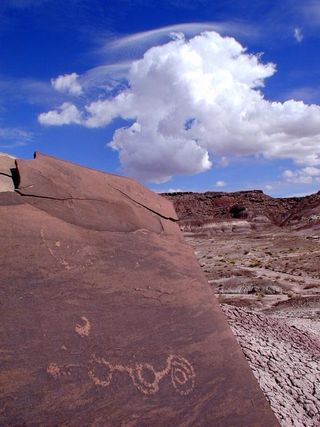
There's more to this national park than one of the world's largest displays of fossilized tree logs. The ancestors of the Pueblo people once lived in the region, in a place now called Puerco Pueblo, and left behind a calendar a spiral carved deep into stone that still, 800 years after they lived, marks the sun's progress.
Each year, in the weeks surrounding the solstice, a narrow shaft of sunlight hits the boulder and travels down its side. At about 9 a.m. each morning, a bright arrow of sun rests at the center of two rings carved into the rock.
Serpent Mound - Ohio
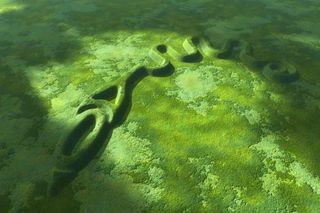
The figure of a giant snake, apparently uncoiling itself, was excavated in the late 19th century. The massive serpent is nearly a quarter-mile long. Recent carbon-dating research suggests the Fort Ancient culture built the monument roughly 900 years ago.
The serpent's body is made of raised berms of grassy earth that weave across a plateau. On the summer solstice, the setting sun aligns with the snake's head.
The earthwork is now surrounded by a park that offers beautiful hikes through leafy forests, beside creeks and along rocky cliffs.
Above the Arctic Circle - 66 degrees north latitude and higher
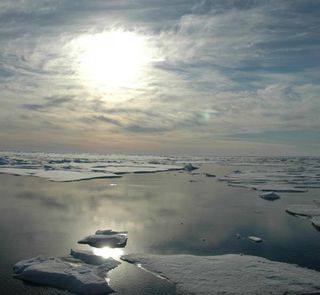
Why not welcome summer in non-traditional fashion in a spot where the sun never sets yet the average temperature in June is a chilly 40 degrees Fahrenheit (5 degrees Celsius)? [Related: The Coldest Places on Earth ]
On Ellesmere Island, one of Canada's northernmost spots and just a few hundred miles from the North Pole, the Eureka Weather Station sees the "midnight sun" from roughly April through August. We're guessing there probably aren't many outdoor barbecues planned.
Ruins of Chichen Itza - Mexico
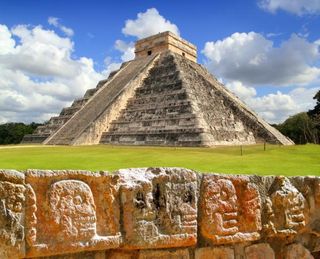
If cold weather isn't your thing, head to this ancient city. Built by the Maya on the Yucatan Peninsula, the site was a cultural hub from the 10th through the 15th centuries.
The stepped Kukulkan pyramid, built sometime between 1000 and 1200, is aligned with the rising sun on the summer solstice. On that day, the sun's shadow bisects the 75-foot (23-meter) pyramid on a perfect diagonal. As the day progresses, fantastical shadows of snakes, cast by stone figures, appear to wriggle down the massive structure's 91 steps.
Sun Tunnels - Utah
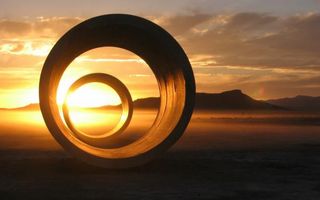
For a more modern take on the solstice, head to a desolate spot in the Utah desert, where artist Nancy Holt installed this large-scale land art in 1976. The four massive concrete tunnels each 18 feet (5 meters) long and 9 feet (3 meters) in diameter are designed to mark the path of various celestial bodies.
At dawn on the summer solstice, the rising sun is framed through two of the tunnels.
Stonehenge - England
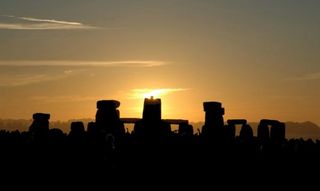
No solstice survey would be complete without a mention of this infamous and still rather mysterious circle of massive stones , which still has astronomical significance, despite the minute wigglings the Earth has done on its axis since 2000 B.C., the approximate date when the structure was built.
Scientists are still unsure what the monument was for. Was it a calendar? A temple? A place of healing? What is certain is that the work has inspired great art, from early 19th-century paintings by English masters to the eponymous ode to the structure by the farcical band Spinal Tap.
This picture, taken at sunrise on the summer solstice in 2005, captures the beauty of the place and the crowd of nearly 10,000 people gathered to welcome the advent of summer. When the sun peeked over the horizon, said photographer Pete Strasser, the crowd gasped in unison. "I've never heard such a sound before or since," he said.
Sign up for the Live Science daily newsletter now
Get the world’s most fascinating discoveries delivered straight to your inbox.











